
— September 02, 2025
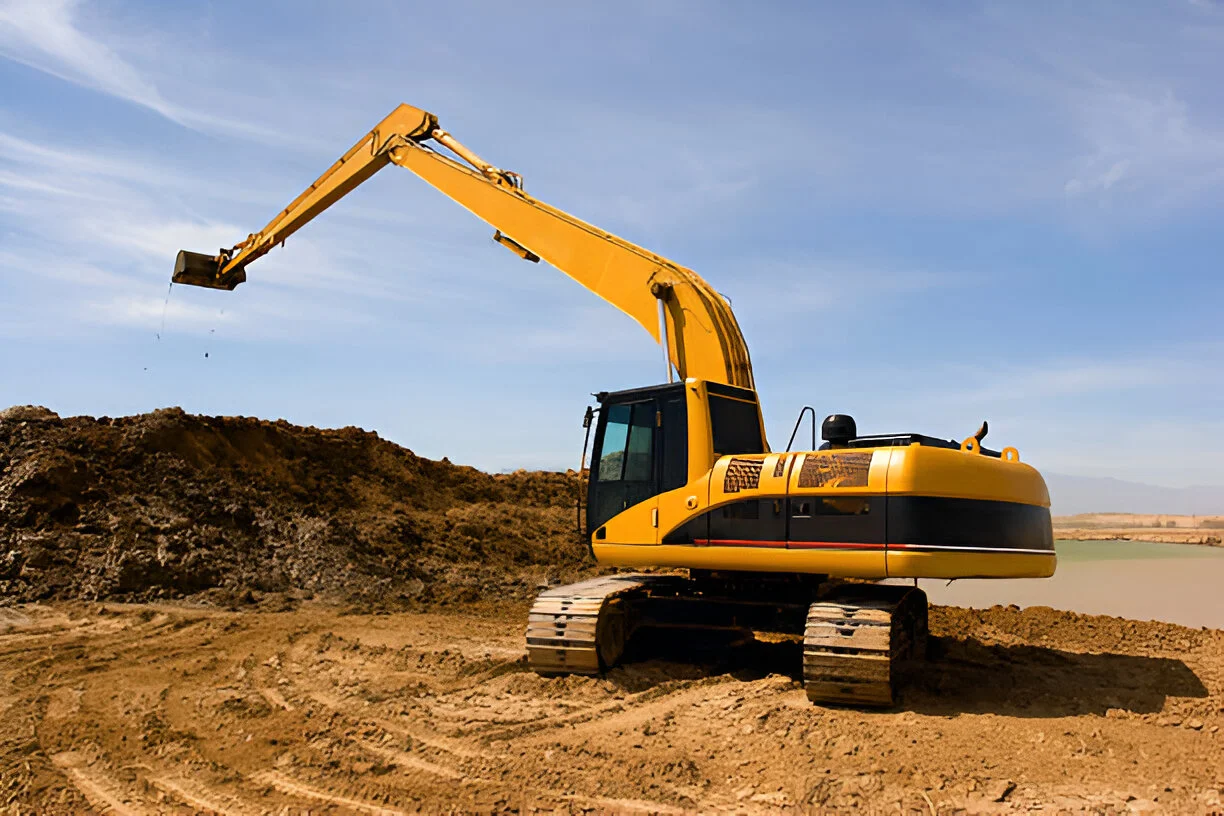
This blog explores the evolution of long boom excavators, from early steam-powered models to today’s advanced hydraulic excavators with AI and automation. It highlights their use in construction, mining, and dredging tasks. Modern excavator machines from brands like Tata Hitachi, CAT, Volvo, and SANY offer greater reach, power, and sustainability at competitive excavator prices.
Long-reach excavators are needed to reach high and low in digging, dredging, or demolition of a structure. Long-reach excavators are mostly used to access difficult parts of construction, mining, and marine operations. Long-reach excavators are very technologically adaptable. From old systems of operation, the long-reach excavators evolved into very efficient, hydraulically powered machines that improved their reach and accuracy. The long-reach excavator has evolved and is equipped with modern technology, which enables it to accomplish several complex tasks that are impossible with traditional excavators. In this blog, we will feature long-reach excavators from earlier designs to today’s models, highlighting innovative and milestone developments in the machines.
The first mechanical excavators appeared at the beginning of the twentieth century. Initially, they were powered by steam. But gradually, old-fashioned hand digging and steam-powered excavation devices transformed themselves. The steam-powered engines had many limitations like low efficiency and limited reach. This made them useful for minimal lifting and only suitable for shallow work. Compared to manual work done by humans, these machines could handle much larger volumes of material, but their operation was limited in challenging conditions. The beginning of mechanical excavation was a wave in reducing dependency on human labor and enhancing productivity. Although the technology was still in its infancy, the machines were not yet achieving the advanced reach and precision that modern excavators offer today.
During the 1970s and 1980s, there was an expansion in the construction and infrastructure sector. This led to a rise in demand for heavy-duty specialized equipment, mostly long-reach excavators for heavy-duty and extensive digging. These machines include an extended boom, hydraulic arm, and advanced design that allow them to perform tougher and larger jobs.
Initially, they were used in industrial and construction environments where depth and great reach were required. The long-reach excavator is versatile as it can be used in dredging and deep excavations, where other excavators cannot be used. The power and great reach of this equipment has made this equipment efficient by reducing the extra needs for other equipment and labor. This technology also allowed operators to complete tasks timely, safely, and effectively, hence transforming construction and industrial operations.
Modern excavators can reach distant lengths. From the early 2000s till today, the innovations integrated into long-reach excavators have made them perform heavy-duty operations. The majority of recent excavators are designed with sophisticated hydraulics that offer more lifting capacity and greater reach, and the boom offers more strength during peak operations. The fuel efficiency and power have increased, resulting in better fuel management systems without sacrificing performance.
Today’s machines also focus on human factors. The cabs are designed to provide comfort to the operators, prevent fatigue, and enhance productivity. The advanced safety features are also enabled with safety features such as accident detection and automatic shutdown systems, which protect operators and the surrounding area.
It has increasingly become mandatory for excavators to achieve stringent emissions standards, cut down on noise, and become more fuel-efficient, more sustainable, and compliant to operate.
In recent times, long-reach excavators have been of very much importance in construction, mining, and infrastructure industries for their functionalities like dredging, deep trenching, slope work, and demolition, where reach and power are required. Long-reach excavators are particularly good at handling intricate, massive projects and precision work in modern construction, marine, and mining activities. Long-reach excavators specialize in deep excavation and site clearing.
Among the additional functions long-reach excavators perform are waste management, demolitions, and material handling. They have special attachments like buckets, shears, and grapples for multifunctional uses. This has turned excavators into a cost-effective and multifunctional machine for difficult operations
The future of long-reach excavators is shining brightly with exciting opportunities. The integration of AI, automation, and future-generation hydraulics has made the excavator invincible. These machines will optimize operations, making them more productive and secure, and less susceptible to human mistakes.
The advent of zero-emission excavators, hybrids, and electric machines will be a game-breaker that will meet environmental regulations at lower operating costs. The new-age excavators focus on going green and delivering environment-friendly solutions.
In the years to come, long-reach excavators can quite possibly become an integral part of autonomous fleets, where they operate with other machinery, exchanging data and assigning tasks without direct human input. This revolution will redefine the way you carry out construction, mining, and other heavy-duty activities in the years to come.
Technological advancements have driven the evolution of long-reach excavators, from early models for deeper to the present machines with AI, automation, and powerful hydraulics. These advancements have greatly improved performance, efficiency, and safety, allowing you to manage complex tasks with precision and reliability. As the construction industry keeps on growing, long-reach excavators will keep featuring in projects in the future, meeting the demands of larger and more challenging tasks while maximizing sustainability and productivity.
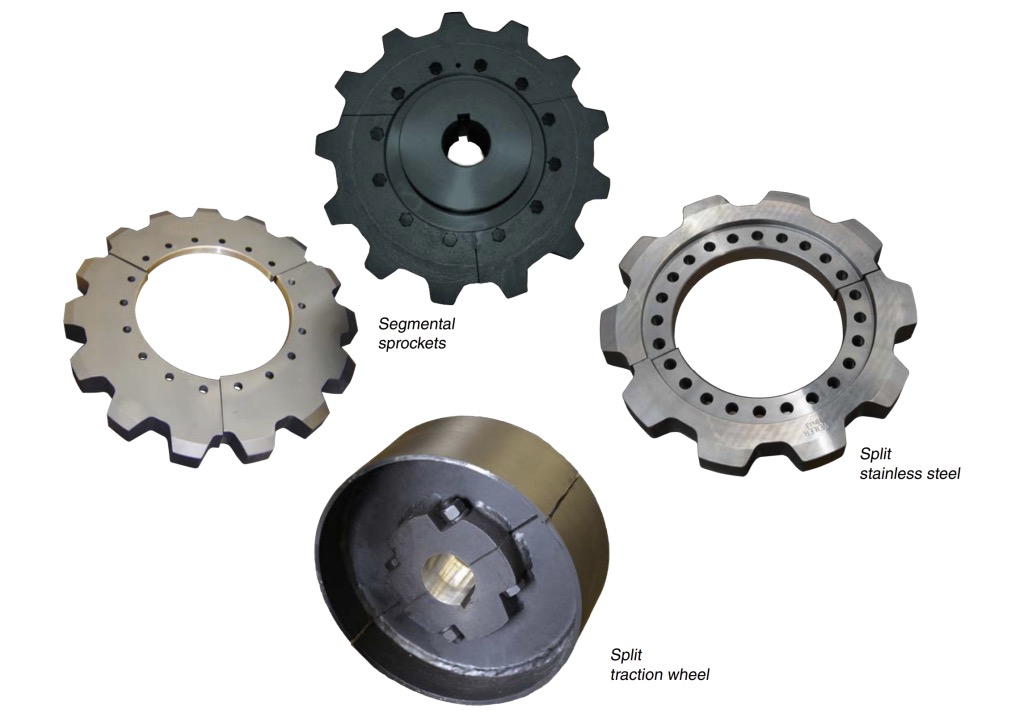
A guide to sprockets in construction equipment: types, functions, maintenance, and more
December 3, 2025
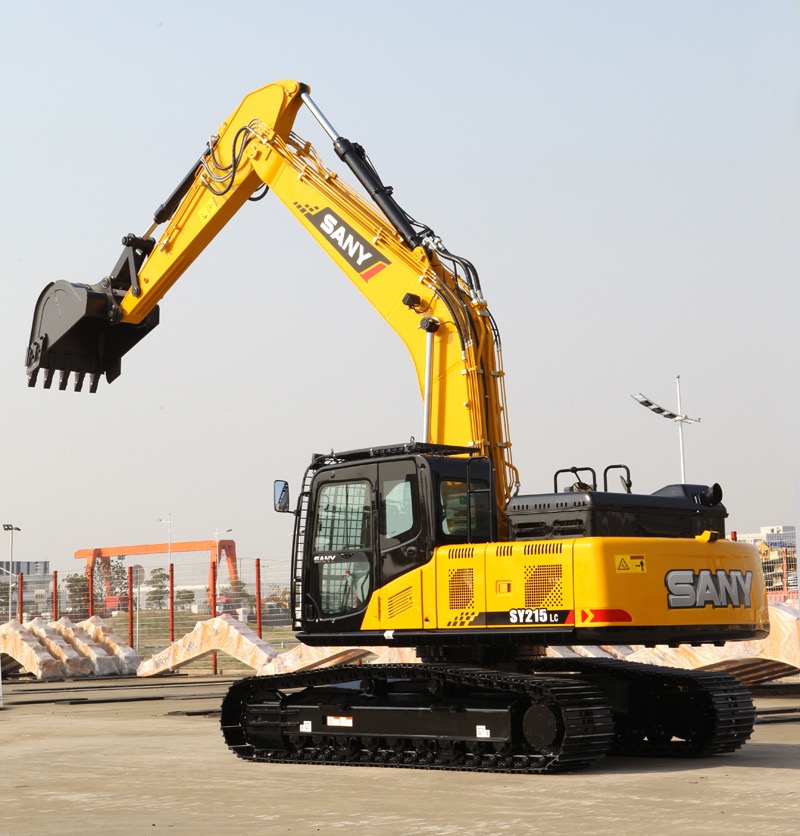
Key components of an excavator arm and how to maintain them
December 3, 2025
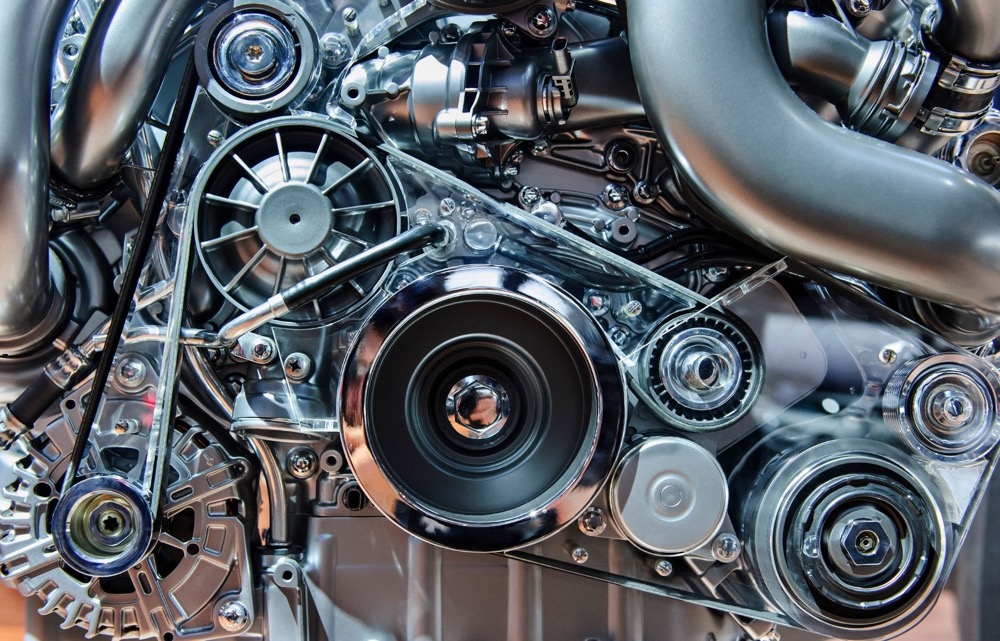
Final drive maintenance tips: preventing issues before it’s too late
December 2, 2025
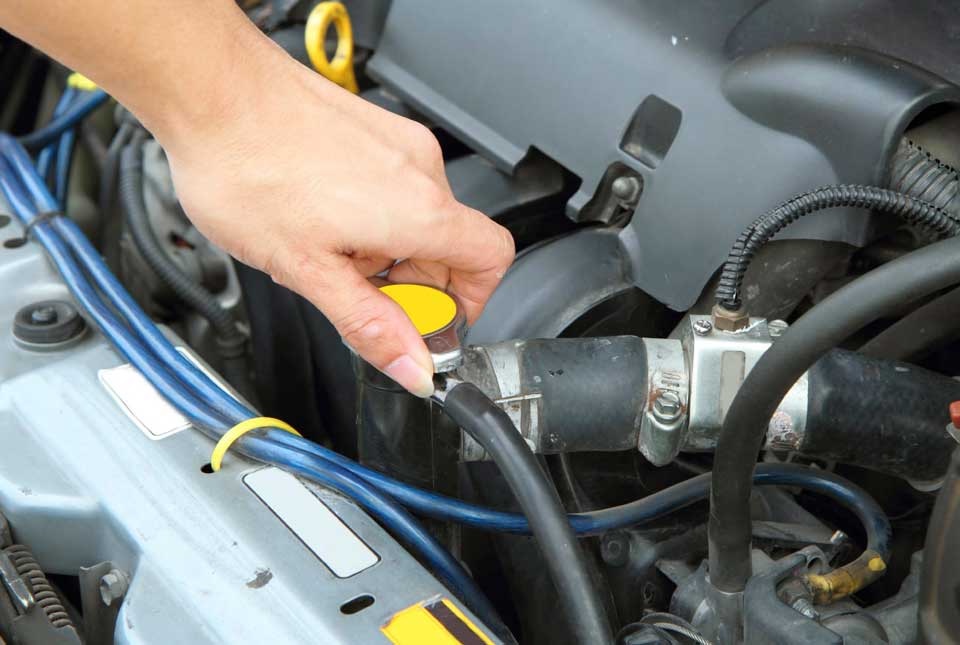
Engine cooling system maintenance for heavy equipment 101
December 2, 2025